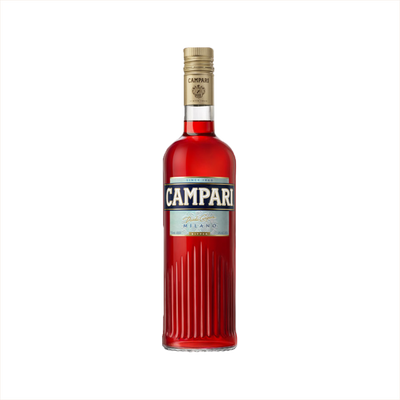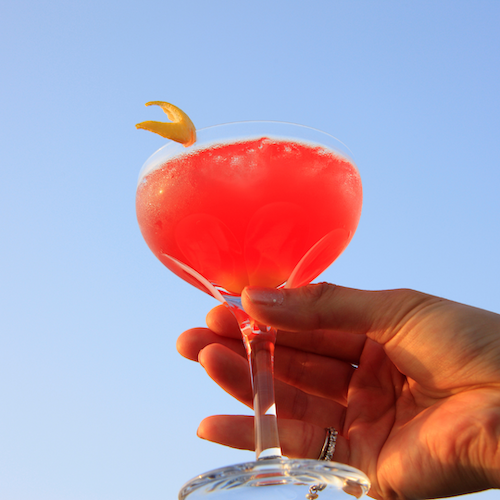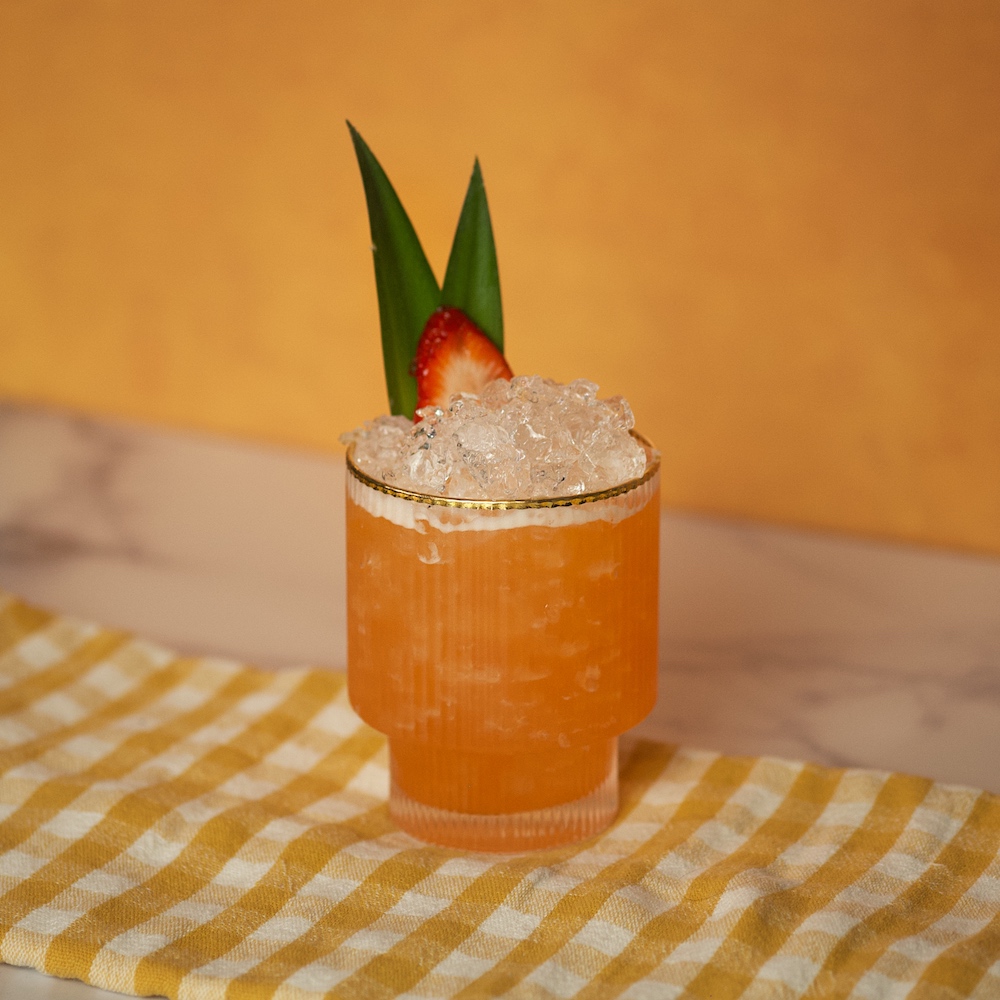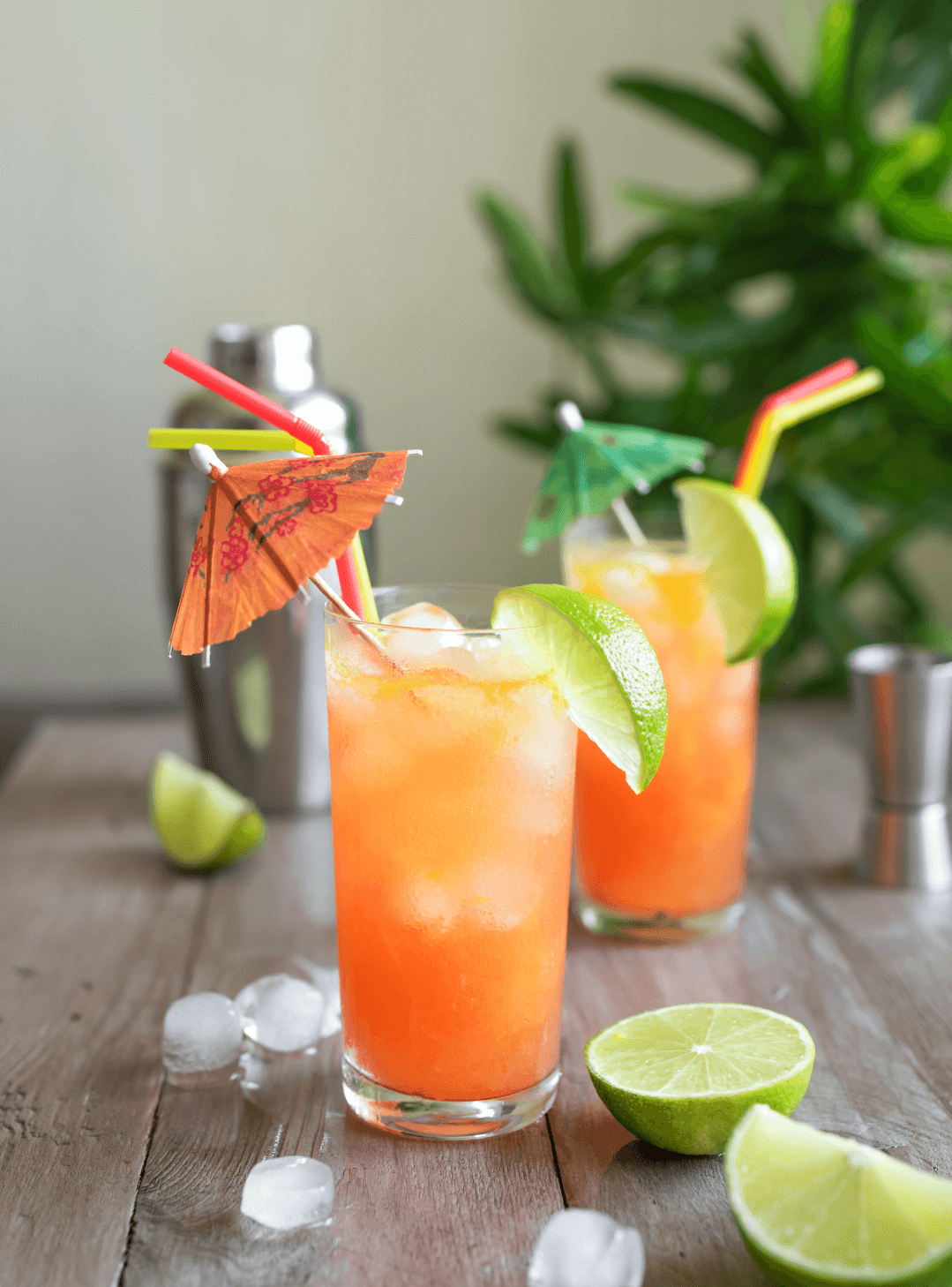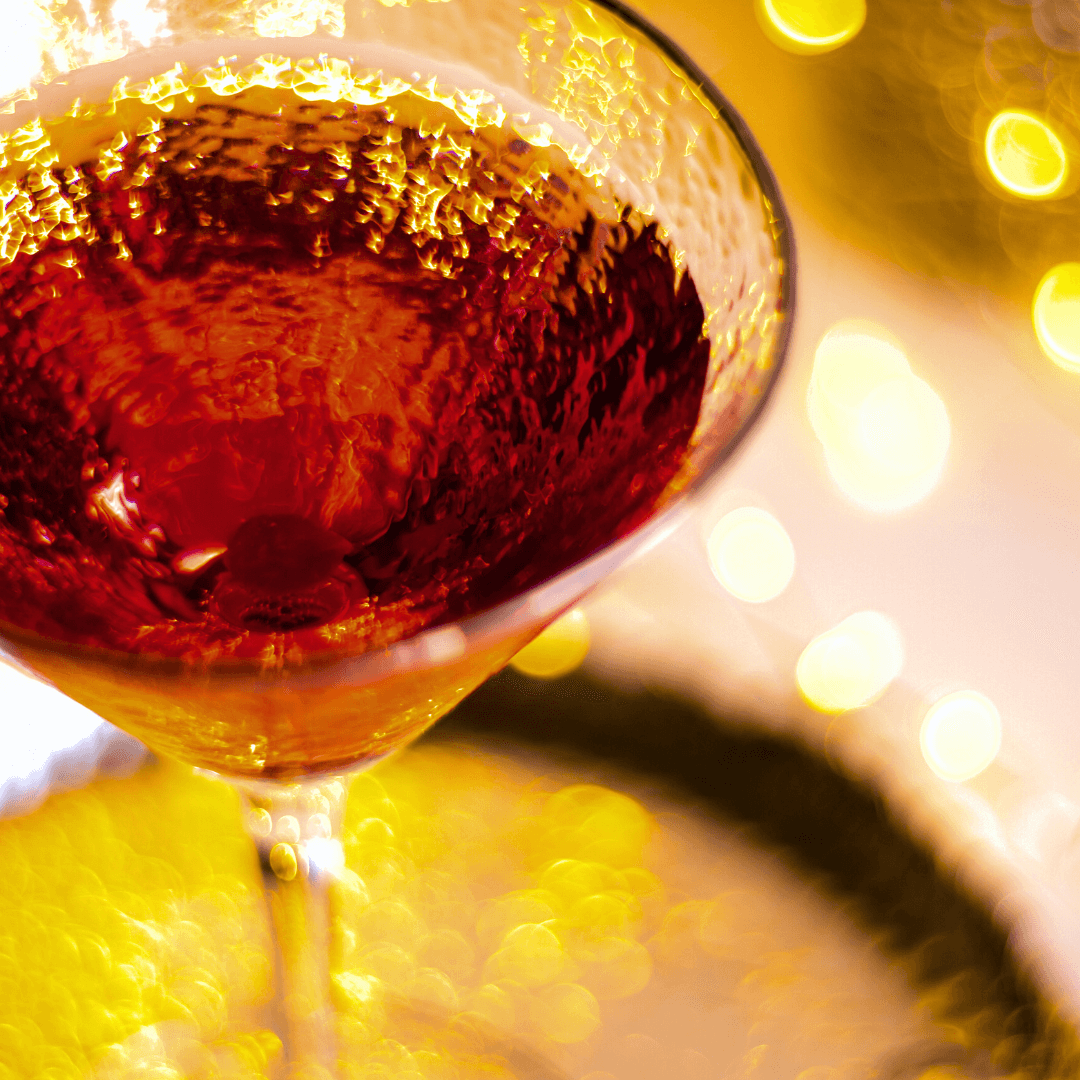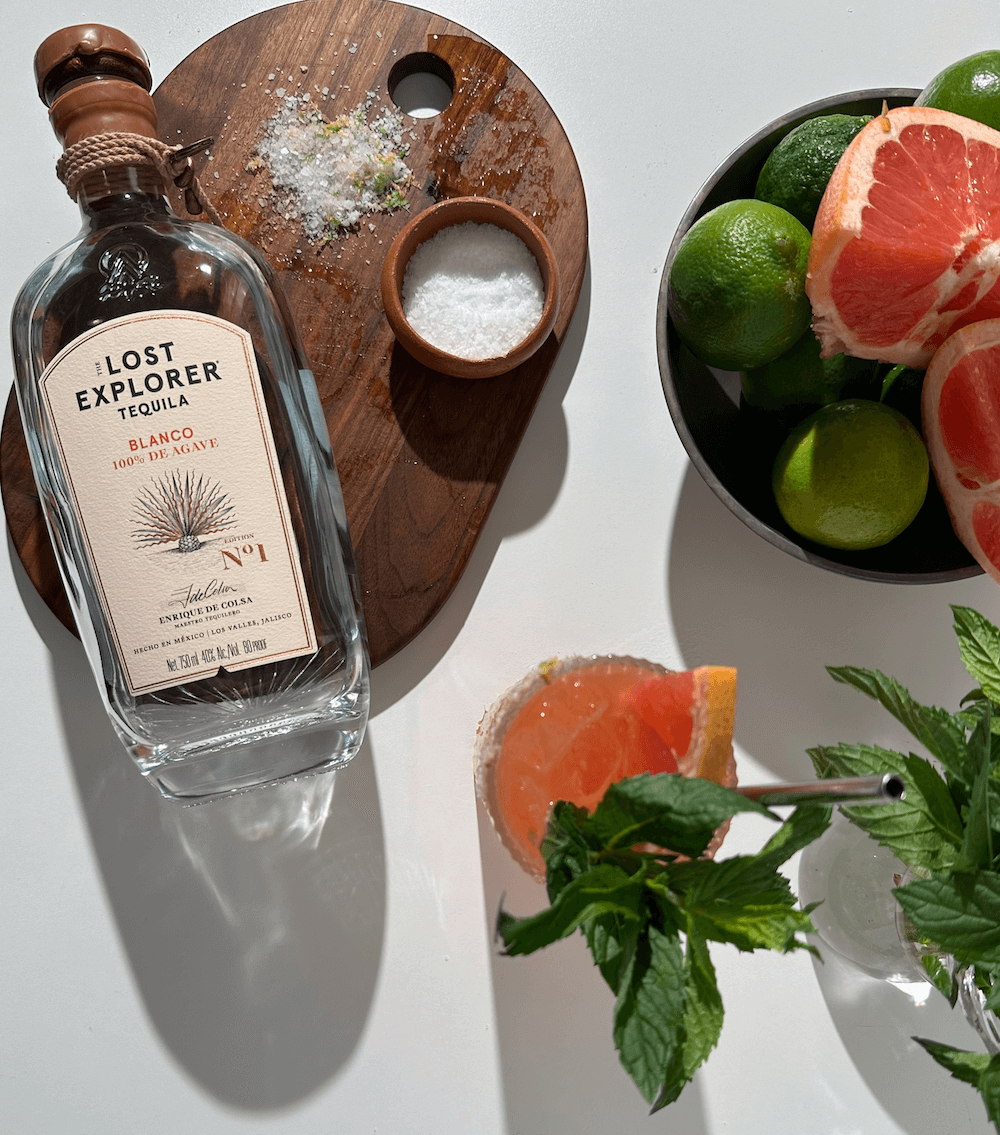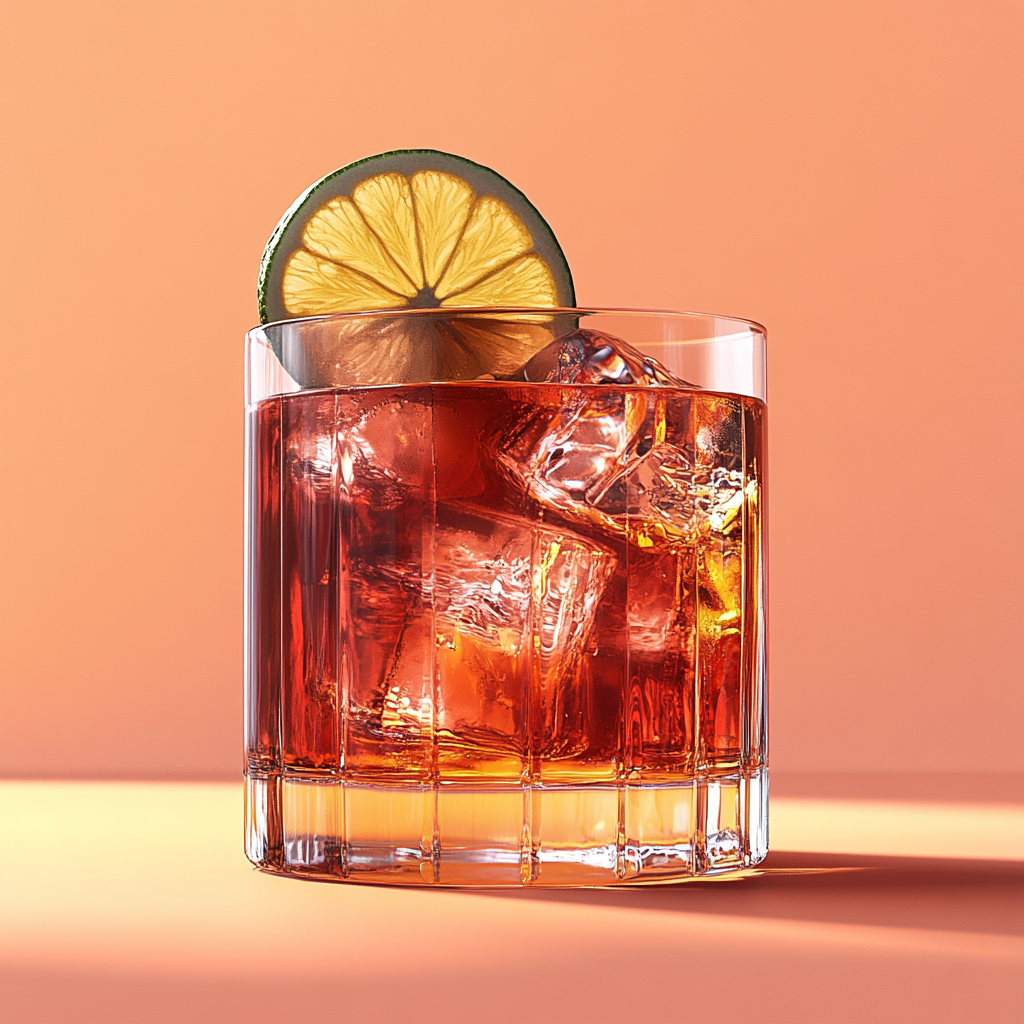Bitter Aperitifs
What are Bitter Aperitifs?
Bitter aperitifs are a distinctive category of Aperitifs that combine herbal complexity with pronounced bitter notes to stimulate the appetite before meals. These spirits typically feature botanicals like gentian root, cinchona bark, wormwood, and various medicinal herbs that create their signature bitter-sweet profile. What defines bitter aperitifs is their ability to balance intense bitterness with complementary flavors like citrus, spice, and sweetness, making them both palate-awakening and surprisingly approachable when served neat, on the rocks, or mixed into classic cocktails like the Negroni or Americano.
Learn More About Bitter Aperitifs
What makes Bitter Aperitifs unique?
Bitter aperitifs stand apart from their sweeter cousins through their pronounced use of bittering agents like gentian root, cinchona bark, and wormwood, which create that distinctive mouth-puckering intensity that actually stimulates your appetite rather than satisfying it. While wine-based aperitifs like vermouth rely on fortification and herbal infusion for complexity, and lighter aperitifs like Lillet focus on delicate fruit and floral notes, bitter aperitifs punch you right in the taste buds with their unapologetic bitterness balanced by strategic sweetness and botanical complexity. This aggressive flavor profile makes them incredibly versatile in cocktails, where their bitter backbone can anchor sweet ingredients or complement other bold flavors in ways that gentler aperitifs simply can't match.
How are Bitter Aperitifs made?
Bitter aperitifs start with a neutral grain or wine base that gets infused with a proprietary blend of botanicals—think gentian root, cinchona bark, wormwood, citrus peels, and dozens of herbs and spices that give each brand its signature flavor profile. The botanicals are typically macerated in the alcohol for weeks or months, sometimes using multiple extraction methods like steeping, distillation, or percolation to pull different compounds from each ingredient. After the infusion process, the mixture gets filtered, sweetened with sugar or caramelized sugar for color, then aged briefly before bottling at a moderate proof that balances the bitter and sweet elements perfectly.
How do you drink Bitter Aperitifs?
Bitter aperitifs shine brightest when served on the rocks with a splash of soda water and an orange twist, though purists often sip them neat to appreciate their complex herbal profiles. These intensely flavored spirits work beautifully in classic cocktails like Negronis, Americanos, and spritzes, where their bold bitterness plays against sweet vermouths and citrus. The pre-dinner tradition makes these drinks perfect for late afternoon gatherings and early evening socializing, particularly during warmer months when their refreshing bitterness cuts through the heat and awakens the appetite.
How do I choose good Bitter Aperitifs?
Start by considering your tolerance for bitterness—if you're new to the category, opt for something like Aperol or Contratto Aperitivo, which offer gentler bitter notes balanced with citrus and herbs, while seasoned drinkers might prefer the assertive punch of Campari or Cynar. Your intended cocktail should guide your selection: lighter, sweeter aperitifs work beautifully in spritzes and long drinks where you want subtle complexity, while bold, intensely bitter options shine in spirit-forward cocktails like Negronis where they need to hold their own against gin and vermouth. Consider the flavor profile you're after—artichoke-based Cynar brings earthy, vegetal notes perfect for autumnal cocktails, while traditional orange-forward aperitifs like Campari provide that classic Italian aperitivo experience with bright, citrusy bitterness.
Nutritional Information
Typical Calorie Range per Ounce: 20-35 calories
Typical Carbohydrate Range per Ounce: 2-8 grams
Typical Sugar Range per Ounce: 1-6 grams
Typically Gluten Free: Yes
Most bitter aperitifs fall into the lower calorie range compared to other liqueurs, thanks to their focus on botanical complexity rather than heavy sweetening. The sugar content varies significantly between brands and styles - classic Italian amari like Fernet-Branca tend to be less sweet, while aperitivos like Aperol contain more sugar to balance their bitter profiles.
While the majority of bitter aperitifs are naturally gluten-free since they're typically made from neutral spirits and botanical infusions, always check the specific product label or manufacturer's website to confirm gluten-free status, especially if you have celiac disease or severe gluten sensitivity. Some producers may use grain-based spirits in their production process or have cross-contamination concerns in their facilities.
Scrolled this far? Your reward? Bitter Aperitifs Trivia!
- The famous Negroni was invented by accident when Count Camillo Negroni asked his bartender to strengthen his favorite Americano cocktail in 1919 Florence. The bartender swapped out the soda water for gin, creating what would become Italy's most exported cocktail. The count's family still disputes whether he actually existed, but the drink certainly does.
- Campari's brilliant red color originally came from crushed cochineal insects (tiny beetles that live on cactus plants). The company switched to artificial coloring in 2006, but you can still find vintage bottles with the original bug-based formula. Some collectors pay premium prices for these "insect Campari" bottles from the pre-2006 era.
- During Prohibition, Italian-Americans would smuggle Fernet-Branca into the United States by disguising it as cough medicine. The bitter herbal liqueur actually worked quite well as a digestive remedy, so customs officials rarely questioned the "medicinal" shipments. San Francisco still consumes more Fernet per capita than anywhere else in America.
- Aperol contains only 11% alcohol, making it weaker than most wines, but its bittersweet flavor profile tricks your brain into thinking it's much stronger. This psychological effect happens because we associate bitter flavors with higher alcohol content. That's why an Aperol Spritz feels more sophisticated than its low proof suggests.
- The recipe for Cynar artichoke liqueur includes 13 different herbs and plants, but artichokes make up less than 10% of the blend. The dominant flavors actually come from cardoon (a thistle plant related to artichokes) and various Mediterranean herbs. The artichoke on the label is mostly marketing genius from the 1950s Italian advertising boom.
Higher-proof spirits can be intense. Mix carefully, taste thoughtfully, and enjoy responsibly.
Gift message (optional)

